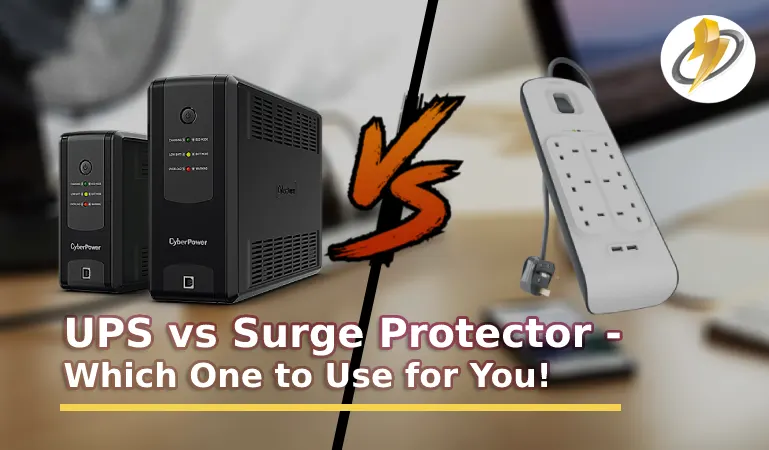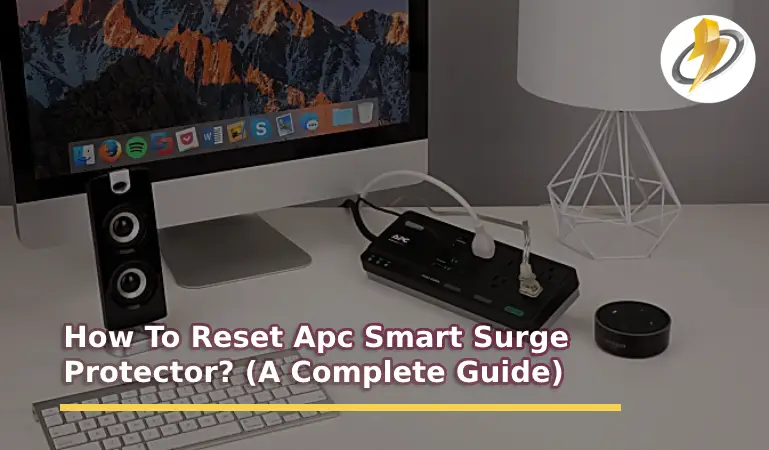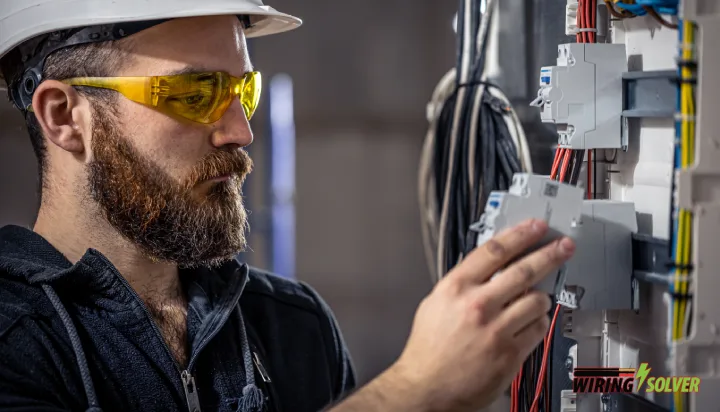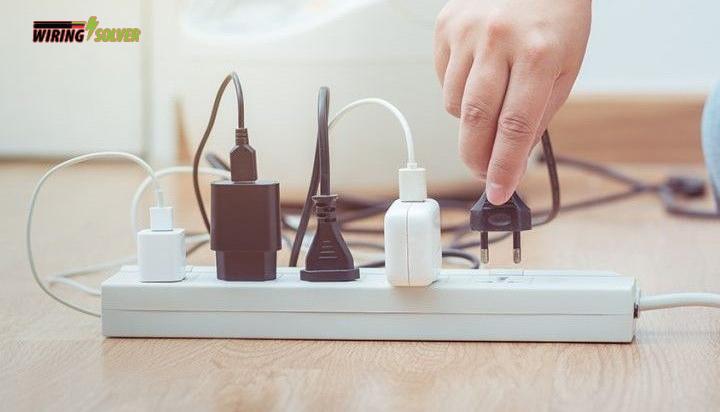Surge protectors are a great way to ensure that our expensive electronics stay safe from electrical damage. But how can you tell if a surge protector is bad or not?
A surge protector can become bad in several ways. It can become worn out due to age, or it may become damaged due to a power surge or lightning strike. Some signs may include frequent tripping, not resetting, not supplying power, etc.
By understanding the signs of a bad surge protector, you can make sure your devices are protected from power surges and lightning strikes. So read on to find out how to tell if your surge protector needs to be replaced.
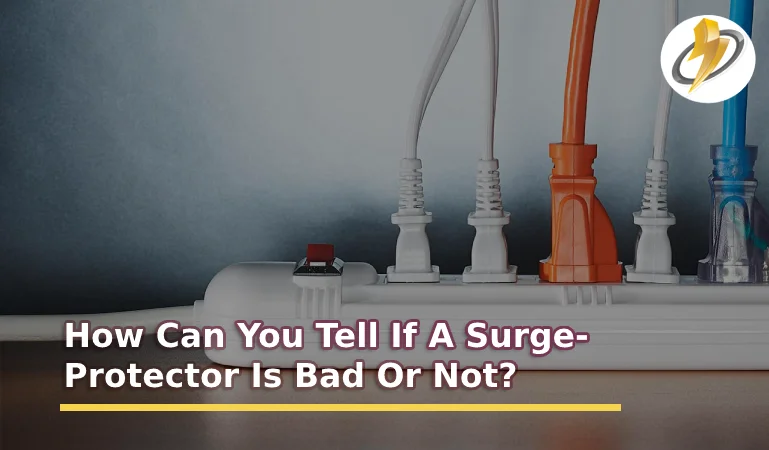
How Can You Tell If a Surge Protector Is Bad?
When the indicator lights keep flickering it means the surge protector is not okay. But all protectors are not made the same way. So we may need to check the following things to know whether it is bad or not.
Signs of a Bad Surge Protector:
- Check the surge temperature of the surge protector while it is plugged in. If it is too hot than normal you assume it is not working perfectly.
- The wires of the surge protector have a limited capacity. Due to excessive usage with high loads, the wires can wear out and their insulation can be damaged. If you notice any sign of these, you must change the wires as soon as possible.
- Often there can be a smell of burning or ozone from the surge protector. If you find this happening, you need to consider that something is wrong with your protector.
- There is normally more than one outlet in a surge protector. If you check that an outlet is not working or the fuse is cut off, you can tell that your surge protector is in bad condition and needs to be repaired.
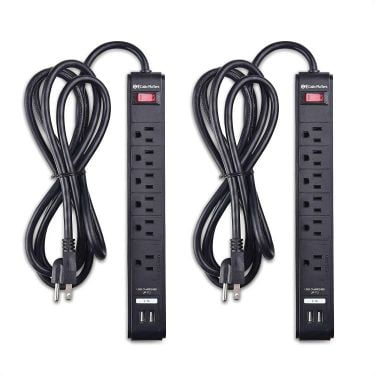
How to Test a Surge Protector?
There are some quick ways to test a surge protector.
First of all, you need to check if there is any warning or beeps while plugged in. If there is a red LED or continuous beeping sound, it is an indication that your surge protector is not functioning well.
Secondly, reset your surge protector and see if there is any notification after it turns on again. If there is a continuous alarm, then it means your protection system is not working.
The beeping and alarms are caused due to the following problems:
- If there is a bad source problem.
- If the ground line is not properly connected or has issues.
- The wiring is not okay or has a problem.
- The hardware is out of service.
- The protection system is no longer active.
What Are the Importance of Surge Protectors for Appliances?
Alternative Methods for Controlling A 3-Way Switch:
Surge protectors are an essential tool for protecting your electronics and appliances from voltage spikes and surges. Using a surge protector can help to prevent electrical issues.
There are several reasons why it is important to use surge protectors:
Protect your investments:
Electronic devices and appliances can be expensive, and replacing them can put a significant strain on your budget. Using a surge protector can help to protect your investments and ensure that you get the most value out of your electronics.
Prevent costly repairs:
If an electronic device is damaged by a surge, it may need to be repaired or replaced. These repairs can be costly, and in some cases, the device may not be repairable at all.
Using a surge protector can help to prevent these types of issues and save you money in the long run.
Keep your electronics working properly:
Voltage spikes and surges can cause electronic devices to malfunction or stop working altogether. Using a surge protector can help to keep your devices functioning properly and ensure that you can continue to use them without interruption.
Save energy:
Some surge protectors come with features that can help to save energy, such as a built-in power strip that can be turned off when not in use. This can help to reduce your energy consumption and save you money on your energy bills.
Overall, using a surge protector is an important step in protecting your electronic devices and appliances. It can help to prevent costly repairs or replacements, keep your devices working properly, and even save you money on your energy bills.
Tips for Maintaining a Surge Protector
Maintaining your surge protector is an important part of ensuring that it continues to function properly and protect your electronics. Here are some tips for maintaining your surge protector:
Check the expiration date:
Most surge protectors have a lifespan of about three to five years. If your surge protector is past its expiration date, it may not be able to provide the same level of protection as it did when it was new.
Keep it clean:
Dust and debris can accumulate on the outlets and plugs of your surge protector, which can affect its performance. Regularly dust and clean your surge protector to keep it functioning at its best.
Check for damage:
Look for any visible signs of damage, such as frayed cords or broken outlets. If you notice any damage, it’s important to replace your surge protector as soon as possible.
Use it properly:
Make sure you’re using your surge protector correctly by plugging it into a properly grounded outlet and only using it with the types of devices it’s designed to protect. Overloading the surge protector can cause it to malfunction.
Test it regularly:
Use a voltage tester to ensure that your surge protector is functioning properly. If the tester indicates a problem, it’s time to replace your surge protector.
Summary
It is important to be able to tell if a surge protector is bad or not so that you can make sure your devices are properly protected. By understanding the signs of a bad surge protector, you can make sure to replace a defective one before it causes any damage to your devices.
Remember to always check your surge protectors periodically to make sure they are in good working condition, and replace any that are not. By doing so, you can ensure that your devices are safe from power surges and lightning strikes.

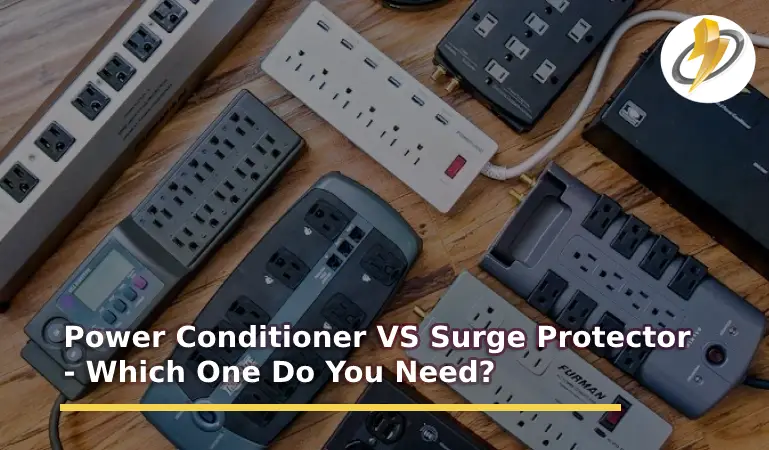
![Surge Protector Vs Power Strip! [The Differences]](https://wiringsolver.com/wp-content/uploads/2022/07/Surge-Protector-Vs-Power-Strip.jpeg)
